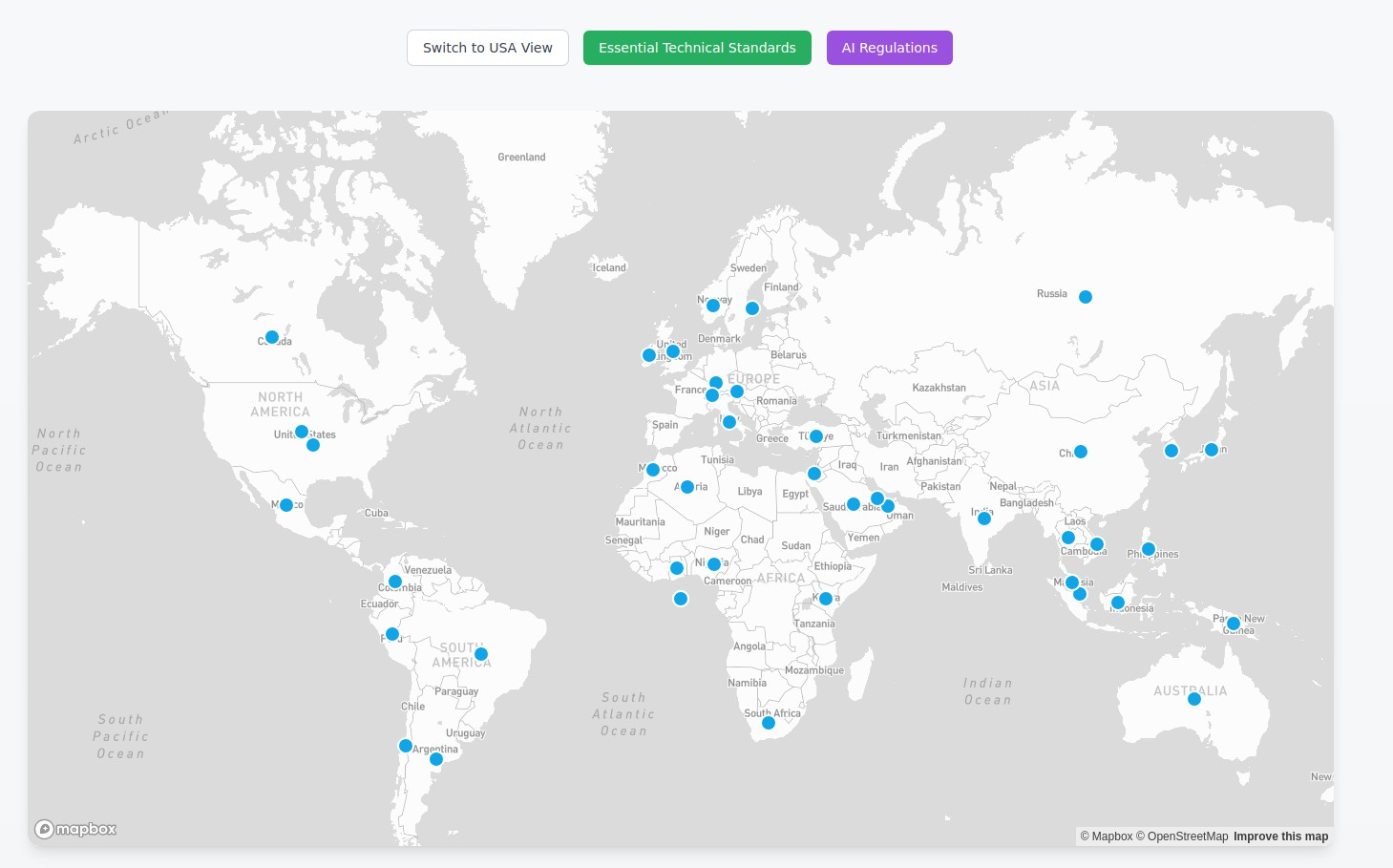Navigating the Digital Maze: How AI-Enhanced DLP Tames Multi-Cloud Chaos and Shadow IT

In today's rapidly evolving digital landscape, organizations are increasingly adopting complex multi-cloud environments, integrating public, private, and hybrid cloud services from multiple providers to achieve optimal flexibility, scalability, and cost-efficiency. While these environments offer significant advantages, they also introduce formidable data security challenges, especially in safeguarding sensitive information. Traditional Data Loss Prevention (DLP) solutions, which often rely on static rules and manual configurations, struggle to keep pace with the dynamic and diverse nature of these infrastructures. This complexity is further compounded by the pervasive, often unseen, presence of "Shadow IT".
The Evolving Threat Landscape: Multi-Cloud and Shadow IT
The inherent nature of multi-cloud environments, where data is distributed across various providers and applications, complicates the implementation of consistent data protection policies. This creates gaps in protection, leaving organizations vulnerable even with robust perimeter defenses.
Adding to this challenge is Shadow IT, which refers to information technology systems, software, and solutions used within an organization without explicit approval or oversight from the IT department. While often stemming from employees' desire to work more efficiently and solve problems quickly, Shadow IT introduces a myriad of significant risks:
- Data Security and Breaches: Unsanctioned tools may not meet organizational security standards, making them vulnerable targets for cyberattacks and potentially leading to data breaches.
- Data Leakage: Employees might inadvertently share sensitive information through unauthorized cloud storage or collaboration tools, jeopardizing client trust and potentially leading to legal repercussions.
- Malware and Ransomware Attacks: Downloading unverified, third-party software can introduce malware into the company's network, compromising systems and opening doors to ransomware.
- Compliance and Privacy Issues: Handling business data through Shadow IT can lead to violations of strict data protection laws like GDPR, HIPAA, CCPA, and PCI-DSS, resulting in substantial fines and reputational damage.
- Loss of IT Governance and Control: A lack of unified view over all tools makes it challenging to manage resources, ensure data integrity, and maintain IT compliance.
- Redundancy and Inefficiency: Different teams adopting unsanctioned tools can lead to duplicated efforts, wasted spend on similar services, data silos, and impaired data-driven decision-making.

AI-Enhanced DLP: A Modern Defense Strategy
To address these complex challenges, AI-enhanced DLP strategies have emerged as a highly effective solution. By incorporating artificial intelligence (AI) and machine learning (ML), these advanced DLP systems provide more dynamic and intelligent security measures that are capable of evolving with the cloud environment. AI-driven DLP systems offer real-time, intelligent solutions that continuously monitor data flows, detect complex threats, and respond autonomously to potential breaches.
The methodology for AI-enhanced DLP typically involves several key components:
- Data Discovery and Classification: AI automates the identification and categorization of sensitive data (e.g., PII, financial records, intellectual property) across the entire multi-cloud ecosystem, including continuous scanning of cloud storage, databases, and applications. This ensures consistent application of protection measures based on data sensitivity.
- Real-Time Monitoring and Behavioral Analysis: AI enhances traditional DLP by using machine learning models to analyze patterns of data access, usage, and transfer in real time. By establishing a baseline of "normal" behavior, AI can identify and flag abnormal activities – such as an employee downloading large volumes of data outside their typical scope – and correlate these anomalies with factors like location or device type to detect potential breaches faster.
- Automated Data Loss Prevention and Response: Once sensitive data is classified and anomalous behaviors are detected, AI can trigger automated actions to prevent data leaks and mitigate risks. This includes blocking unauthorized uploads, encrypting data in transit, quarantining files, or initiating incident response workflows like locking user accounts and alerting security teams. AI systems continuously learn and adapt their responses based on real-time intelligence.
- Integration with Other Security Tools: AI-powered DLP systems integrate seamlessly with other security tools like Identity and Access Management (IAM), cloud-native security tools (firewalls, IDS, CASBs), and threat intelligence platforms to provide comprehensive protection and intelligent decision-making.

Key Benefits of AI-Enhanced DLP
AI-powered DLP strategies offer numerous advantages over traditional, static, rule-based systems in multi-cloud environments:
- Increased Detection Accuracy and Speed: AI-driven DLP significantly improves detection accuracy and speed by utilizing machine learning and behavioral analysis to identify risks based on patterns rather than fixed rules. This allows for immediate responses to anomalies, greatly reducing the window of vulnerability.
- Scalability and Adaptability: AI-enhanced DLP systems inherently scale efficiently and adapt to the changing landscape of cloud data, automatically adjusting to new cloud providers or expanded storage. AI models continuously learn from new data and emerging threats, ensuring the DLP system remains effective as cloud environments evolve.
- Real-Time Data Protection Across Multi-Cloud Platforms: AI provides continuous, real-time monitoring and protection across the entire cloud ecosystem, tracking data movement, detecting unauthorized transfers, and flagging suspicious activities regardless of data location.
- Reduced False Positives: AI-driven DLP systems significantly reduce false positives by learning to distinguish between routine actions and actual security threats through behavioral analytics, improving detection accuracy and reducing alert fatigue for security teams.
- Enhanced Compliance: AI-powered DLP automates the enforcement of data protection policies and continuously monitors for violations against regulations like GDPR, HIPAA, CCPA, and PCI-DSS. It provides continuous visibility and generates automated compliance reports for audits.
Addressing Shadow IT with Strategic Management and Automation
While the risks of Shadow IT are clear, it also offers a "silver lining": it often reveals genuine user needs and preferences that existing IT solutions might not be meeting. Recognizing this can transform Shadow IT from a problem into an opportunity for innovation and improvement in IT strategies.

Effectively managing Shadow IT requires a comprehensive and proactive approach that combines technological solutions with a cultural shift:
- Promote Awareness and Education: Educate employees about the risks of unsanctioned tools and the importance of adhering to approved IT solutions. This isn't about punishment, but about understanding and improving processes.
- Implement Detection Mechanisms and Monitoring Tools: Use tools like Cloud Access Security Brokers (CASBs) to gain visibility into all cloud services used across the organization and detect unauthorized software or hardware as soon as it's introduced.
- Foster Open Communication and Involvement: Create channels for employees to express their software and hardware needs, and involve them in software selection processes to ensure their needs are heard.
- Provide Accessible and User-Friendly Alternatives: Offer modern, user-friendly software that supports workflows and reduces the temptation to seek outside tools.
- Formalize Innovation Submission: Establish processes for employees to propose useful tools they've discovered, allowing IT to evaluate and potentially adopt these innovations officially.
- Leverage Automation for IT Operations: Automation plays a pivotal role in mitigating Shadow IT risks by streamlining cloud resource deployment and ensuring compliance. This includes:
- Automated Configuration Scanning: Continuously monitor cloud configurations against security standards (e.g., NIST 800-53, HIPAA, PCI-DSS) to ensure compliance and identify discrepancies, drastically reducing manual oversight and human error.
- Automated Feedback and Communication Systems: Utilize automated surveys, polls, and ticketing systems to maintain constant dialogue between IT and users, improving transparency and trust.
- Automated Policy Enforcement and Updates: Monitor the IT environment to ensure compliance with established policies and automatically update users on changes, ensuring consistent policy awareness.
Conclusion
AI-enhanced DLP strategies represent a significant advancement in securing sensitive data across multi-cloud environments, offering adaptive, intelligent security measures that continuously monitor data flows, detect complex threats, and respond autonomously to potential breaches. Coupled with a strategic and automated approach to managing Shadow IT, organizations can transform potential risks into opportunities for innovation and growth.
For CISOs, this means moving beyond reactive, rule-based security to a proactive, intelligent, and adaptable framework. By embracing AI-driven DLP and adopting automated, collaborative strategies for Shadow IT, organizations can significantly reduce the risks of data breaches and unauthorized access, ensuring consistent protection and compliance across various platforms, ultimately empowering the business to leverage the full potential of cloud computing as a catalyst for innovation. The future of data security in the cloud demands such an integrated and intelligent approach.








